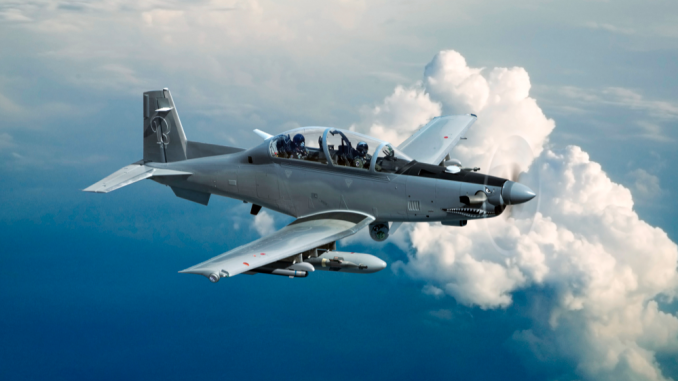
By L. D. Alford
It’s ironic and bittersweet to be flying in a single day the same route that just took me eight days to complete. Let me explain. At the moment, I am flying as a passenger in an Emirates 777-300. The food is good the alcohol is good, but not less than a week ago, I was flying a T-6 across the wide cold waters of the north Atlantic.
Day 1
We took off on a cool day from Beech Field in Wichita Kansas and headed to Des Moines. This is our usual jumping off point because of customs. We completed the day by flying to Ottawa, Canada. This is the capital of Canada. Really, what can you say about flying the T-6. There is no autopilot so someone has to be holding the controls every moment of the flight. The aircraft is a dancer. It is sleek and maneuverable, but as a pilot, for most of these flights, you have to hold it on altitude and course. Air Traffic Control (ATC) gets extremely agitated if you don’t.
We trade off legs. The pilot in front usually handles the startup and checklist items while the pilot in back programs the Flight Management System. Let me tell you a little about the T-6. It is the world’s premier flight training aircraft. Every military and most government pilots in the USA and NATO learn in the T-6. The problem is that like most smaller aircraft, it has limited range. We carry External Fuel Tanks (EFTs) under either wing and can hold a total of more than 2000 pounds of fuel. That’s a long time and a long distance for this type of aircraft. It still means you have to make multiple stops in getting to Europe and Asia.
As I mentioned the first two legs were to Des Moines and then to Ottawa, Canada. We bedded down the aircraft with covers, refueling, and disconnecting the battery then headed out to our hotel. Usually, when we travel, we get good accommodations. They are usually the best for the area. We stayed at the downtown Marriott and went to a fancy pub for dinner. Steaks were the fare for the evening. I drank wine, but my companion always had Beam and Diet Pepsi when he could get it.
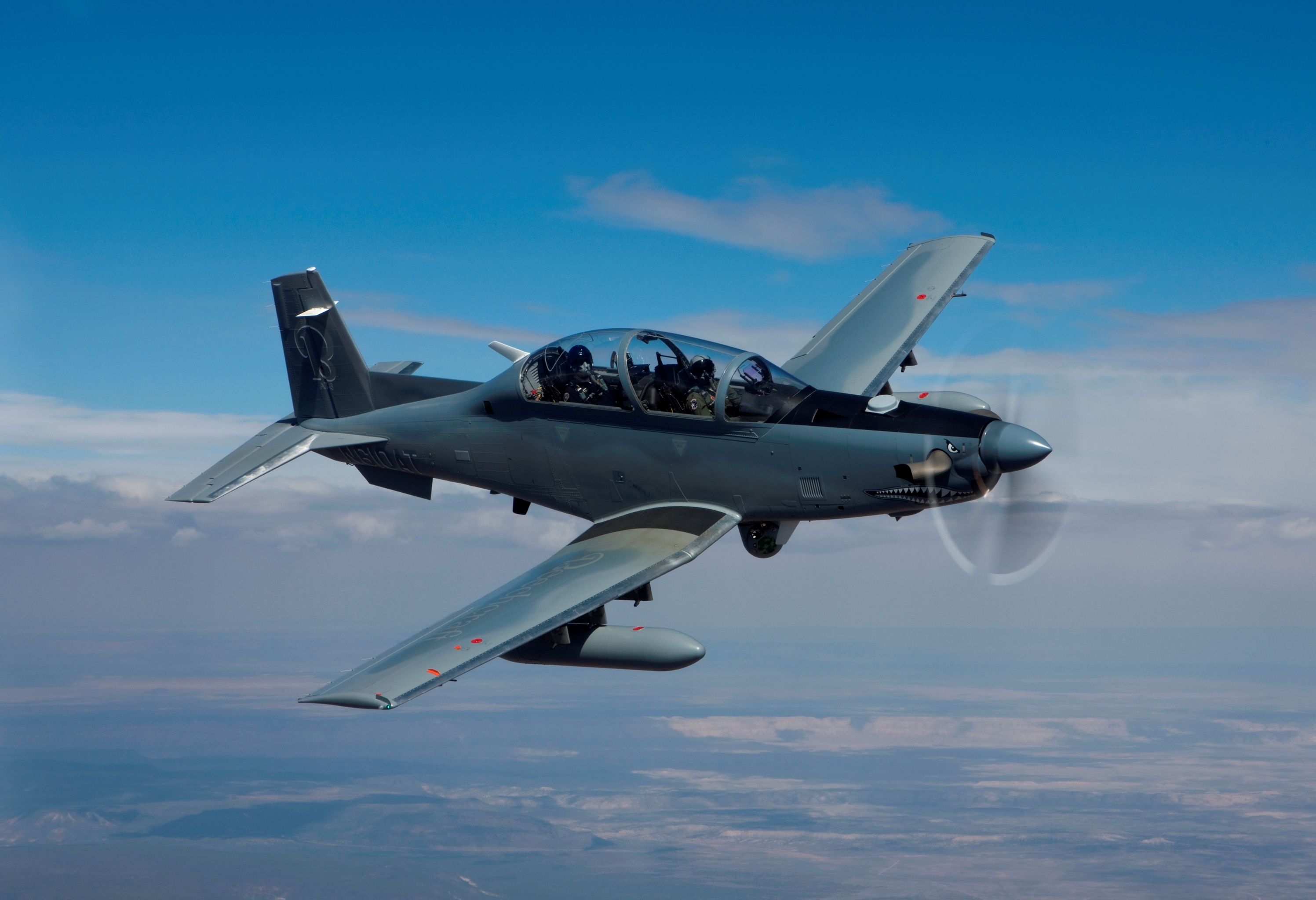
Day 2
Short day from Ottawa, Canada to Goose Bay. I’ve been to Goose many times over my career as an aviator. The first time was taking an OV-10A Bronco from Europe back to the USA. That was an exciting flight too. No autopilot, no pressurization at 25,000 feet. We made almost the same flight path as in the T-6 with almost similar survival equipment. The only real difference was flying in formation with a Duck-Butt C-130 rescue aircraft and five other OV-10As. In the modern era, we use rescue insurance instead of rescue aircraft. The aircraft and the communications have gotten better, still, alone over the freezing North Atlantic in an ejection seat aircraft can be a daunting prospect.
You don’t have many choices for food or accommodations at Goose. When I flew through there in the 1980s and 1990s, the base gave you a key and you found your room. They had messing facilities. Today, you have to depend on the Hotel North Two and Jungle Jim’s. There are a few other places to eat and stay, but Jungle Jim’s is on the bottom floor of the Hotel North Two, so it is convenient and safe.
Safe to an ejection seat aviator means not sick. The last thing you need when strapped to an ejection seat for four or more hours is any kind of sickness. Food sickness can become a terrible liability. Every aviator in this business carries Cipro, steroids, and Imodium.
When traveling outside the USA, safe means you never drink the water. When you shower, you don’t let it in your mouth. You don’t brush your teeth with faucet water. You only put bottled water, alcohol, or fizzy canned drinks in your mouth. The scramble in most places is to get your two bottles of water at the stop so you can brush your teeth at the hotel, and you can stay hydrated.
At the first sign of any food poisoning or water poisoning, you are popping Cipro and Imodium.
Jungle Jim’s is okay—it’s preprepared pub food. I usually get the fish and chips. The next day for food out of Goose is always a difficult one. We went to the Subway they now have in Goose to get sandwiches for lunch the next day.
The first time I flew with this crowd, we got to our intermediate stop at Narsarsuaq, Greenland on the next day, and I asked for lunch—they handed me a power bar and a bottle of water. I learned my lesson. A Subway sandwich and a coke are lifesavers when crossing the North Atlantic.
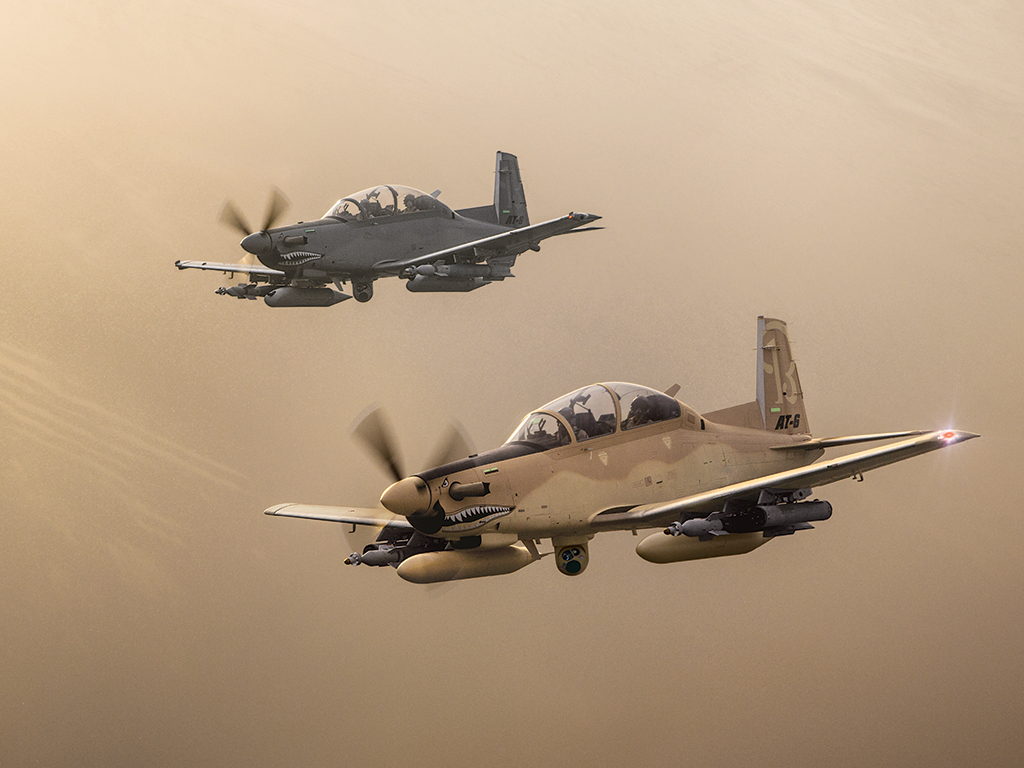
Day 3
With our subway sandwiches, good weather in Narsarsuaq, and no icing expected between Canada and Iceland, we were ready to prepare for our flight.
At the Flight Based Operator (FBO) our handler for the flight, we put on our poopy suits and life vest and prepared to depart. In addition to the usual equipment of flight suit, gloves, underwear, boots, harness, helmet, and oxygen mask, for the North Atlantic, in an ejection seat aircraft, we put on a poopy suit and a life vest.
The poopy suit is a dry suit that is supposed to give you as much as three minutes in the freezing waters of the North Atlantic. Just enough time to get into your single man life raft. Without a poopy suit, the survival types say you have one minute to get into your raft. Either choice sounds bad to me. I just hope never to have to eject over the North Atlantic. In a modern single engine turboprop, the chances are slim, but they exist. So far, so good.
The life vest is a typical military type. I should mention, we are flying with the Air Force harness on this aircraft. The reason that is important is crew comfort. The Navy Harness can get painful, for me when flying long distances. Unfortunately, the padding on ejection seats is always too thin for long term comfort. After about two hours, any ejection seat becomes unbearable. Since most missions in this type of aircraft are less than two hours, this isn’t a problem for training. It was an inconvenience for long ferry flights. Even with the Air Forces harness, my legs and buttocks would get so uncomfortable, there was nothing I could do except grin and bear with it.
Remember, you are completely strapped into the aircraft. You literally can’t move much more than your bottom, a little, and arms and legs. Like I said, this isn’t a problem for up to two hours and a training mission. It can be excruciating during a very long flight.
We received our Oceanic clearance from the FBO and walked out to the aircraft. The control over the poles in the North Atlantic is way too regulated. ATC doesn’t have radar contact, but they have classical position control. The pilots report their positions just like they used to before radar in the USA and Europe. They require plotting charts and contact on HF or Satcom. I’m not sure why they think this makes aviation safer—it just makes aviation more difficult.
Out first stop of the day was Narsarsuaq, Greenland. Greenland is entirely white. Well, white and brown. It’s a rock covered with ice and snow. We head usually for the tip of Greenland—that’s Narsarsuaq. It’s a six thousand foot strip in the middle of a fiord, mountains, and glaciers. We usually only go there when the weather is good because the approach minimums are about 1,500 feet and the approaches are terrible.
A cable stretches across the fiord into Narsarsuaq somewhere. I haven’t seen it yet in the times I’ve been there. I’d rather not find it by accident.
The other option for Greenland is Sonderstrom. I’ve been there too. I was Sondi qualled in the USAF. It’s not much difference. A longer runway with a localizer approach but still cut between fiords, mountains, and glaciers. You can still see the remains of a B-17 that didn’t clear the fiord in World War Two. The big deal is you don’t want to stay in Narsarsuaq. You can stay in Sonderstrom, but I don’t recommend it. I’ve been there. That’s why we want weather good enough to get all the way to Iceland.
The flights from Goose to Narsarsuaq and then to Keflavik are boring and long. All there is to see is clouds, open water with icebergs, ice, snow, and occasional bits of rock. Sometimes you can see the roiling of the North Atlantic, but I try not to think about it. The most important thing is the amount of fuel, a happy engine, and a good course.
Iceland is always cold, cloud covered, and wet–I can assure you. Once you get there, you are so happy to get out of the cockpit, remove your poopy suit, which has been cutting into your neck and wrists for the last six hours, and to pee.
After refueling and putting the covers on the aircraft, you are ready for the hotel. Oh, did I forget to tell you about your baggage? The T-6 only has room for two small bags—one per person. Small means a bag about three by one foot by one foot. Basically a gym bag. This is just enough room for an extra flight suit, a pair of pants, two shirts, a belt, a pair of tennis shoes, a small shaving kit, five pairs of skivvies, five pairs of socks, and five tee shirts. We fly for six days and get a day off. On that day, you send off your laundry. I always wondered before about laundry at a hotel—this is the reason. That’s all you can carry—in addition to your electronics and flight gear.
Flight gear is your helmet, mask, kneeboard, checklist, and iPads. I carry two iPads on these flights, plus some extra electronics. You need to have your phone, and I carry a laptop, plus backup batteries, European connectors, and all the charging cords. It doesn’t do you well to end up on a low battery in the middle of the North Atlantic when flying to Europe—or anywhere else for that matter.
Let me explain about the pain and suffering of flying into Europe. In the USA, we have a thing called VFR and visual approaches, Europe matured out of these simple and safe means of flight a while ago. They expect you to fly a Standard Instrument Arrival (STAR) to an approach at every stop. They also will assign you a Standard Instrument Departure (SID) at every takeoff. They don’t need them and many times down use them, but that’s what you get in your clearance. To make things worse, they speak English but it is a variety that is unique to every country. Literally, when you get a clearance, you have your electronics open to the SIDs or STARs available and you pick from the possible choices based on what the controller probably said–I’m not kidding.
In the USA, at any non-major airfield, it would usually be a visual descent to a visual landing or at least vectors to an approach in bad weather. In Europe, to any airfield, it’s a STAR to an approach and possibly to an intermediate STAR just for good measure. Why they have this type of ATC is a great question—they don’t have even a tenth of the traffic count of most airfields in the USA, but they just like control, I guess. Plus they killed their General Aviation (GA) a long time ago. No reason for it, but just incompetence and regulatory maleficence. They are over twenty years behind the US in approaches, no WAAS, and weather reporting, no aircraft or in-air weather information like ADS-B in.
In Iceland, we stay at the Park Hotel. Whenever I’m there, I spend an hour in the shower trying to get warm. Flying high at very cold temperatures in any small aircraft is a pilot cold soak, and I’m always cold in Iceland.
We ate at the Fortuna’s Pizzeria. Don’t ask me why. When I’m in a foreign country, I like to eat the food of that country. Why pizza in Iceland, I have no idea. The restaurant is close and good (safe, remember) is the only reason I can give. When I was in Iceland with the Air Force, I had one of the best aviation meals at a high class hotel in Reykjavik. It was reindeer and it was great. This time, I ate carbonara, the waitress recommended it, and I was happy.
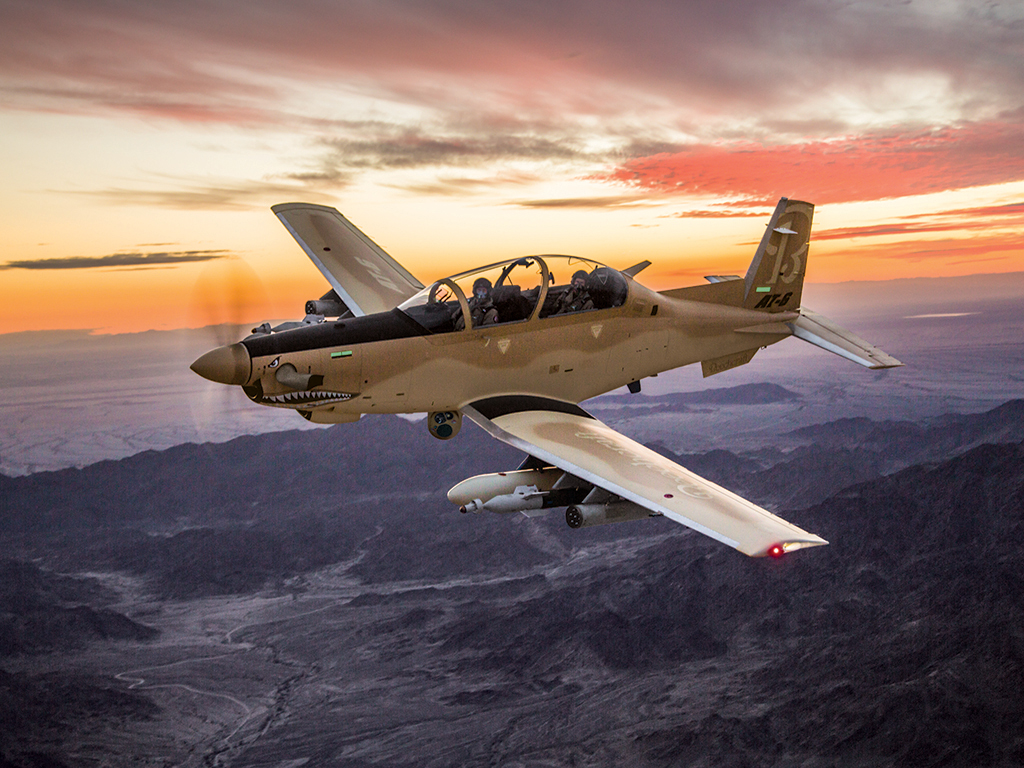
Day 4
Out of Keflavik the next day, we headed for Glasgow. This was another overwater flight that required a poopy suit and life vest. At Glasgow, we got lunch of a cup of noodles and crisps. I think the FBO and handlers always feel sorry for us. They take great care of us. I was happy to get something edible in my stomach. I washed it down with coke. Luckily they stocked it in the FBO frig. I was also happy to leave the poopy suits behind with the life vests in the baggage compartment and under the seats. If you stay in Glasgow, the FBO provides dark beer.
We left Glasgow for Bournemouth, England. When we landed, the FBO crew whisked the aircraft into their hangar. They were expecting high winds that evening. Great planning on their part.
We went to the Hilton in Bournemouth and walked to Tuff’s pub. This was a real pub. We picked up our pints at the bar and ordered our food. Then we waited at a table for delivery. I ordered a steak pie with gravy, chips, and garden peas. You cut open the pie as it sits on your plate and pour the gravy into the cuts. Marvelous. I wonder how come the Brits aren’t obese with that kind of daily fare.
I should mention that on these flights your sleeping rhythms should be in perfect synch—they aren’t. You are only changing one to two time zones per day, and you are working really hard. Sleeping should be a breeze. It isn’t even close. The adrenalin you produce flying a single engine aircraft for long periods of time produces a chemical high that alcohol, food, and warmth won’t cure. Every night, you struggle to go to sleep. You are concerned about the next day flying, the weather, the condition of the aircraft, the flight plans. If your flight planning group didn’t send you the flight plans the day before, you didn’t have a chance to store them in the aircraft, and you have to program them before takeoff. Whatever the state of your prostrate, most pilots are up more than once a night clearing out the alcohol and other liquids. It’s better than changing a great number of time zones all at once, but it is difficult and tiring. That’s one of the reasons we have a maximum crew day of ten hours and required crew rest.
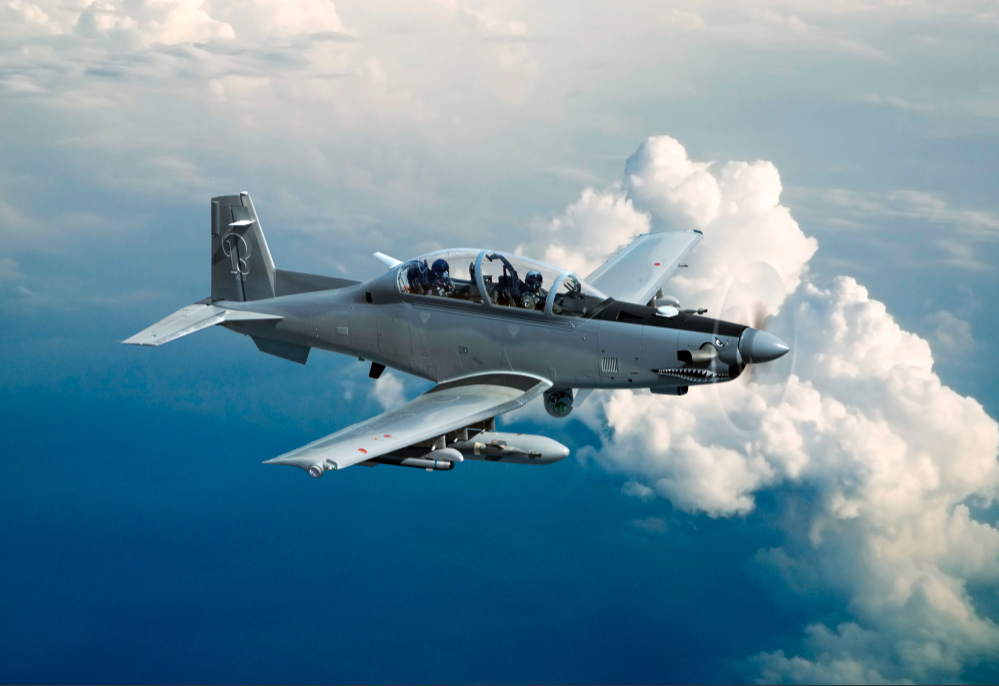
Day 5 and 6
We had to refuel in the morning and wait and wait and wait for fuel. That’s the reason we like to refuel the day before. We finally got our gas and headed for Ciampino Airport in Rome, Italy. The high European routes are unbelievably complex. They don’t have the traffic to justify it, but they just assign it.
I should contrast England. England is absolutely screwy from an ATC perspective. They clear the pilot for a complex routing, which the pilot has to put into the FMS, and then assign you vectors, altitudes, and speeds willy-nilly. It is absolutely crazy. In my opinion either act like US controllers and just give you a direct course or vector you, but don’t provide complex instructions to simply vector you off them. It is unbelievable. I think the British controllers became so used to directly controlling the aircraft during World War Two, they just can’t get over it. In any case, their traffic count is miniscule compared to the USA for IFR and they really have no VFR traffic. Why do they punish the pilots? I guess, because they can.
Main street Europe is a little better—they give you a very complex clearance and then nibble off little bits of it as if they are doing you a favor. In the USA, we’d be going direct to Huston, Dallas, San Diego, whatever. In France, Italy, and other main European countries you get airways everywhere then a small direct course twenty miles down the line. I chalk it up to incompetence and over regulation. They should study in the USA with Atlanta or Chicago Center and learn how to really control air traffic.
In Italy we got Italian Pizza at the aircraft–thank you FBO and handlers. Then we found bathrooms and cokes in the FBO. Why they make the pilots wait so long to find a bathroom? I can’t imagine. You have to wait for customs and for the airport authority. By that time, your eye teeth are swimming. Some nations’ customs are quick and easy, Canada, Britain, England, Iceland, but get into France and Italy and you wonder if they have steel bladders, don’t care, or just want to try your patience. You can add Greece to that list too, but I like Greece.
Flying to Greece and especially Crete is beautiful. The air is usually clear and the Mediterranean Sea absolutely blue. Each of the Greek Isles has a hat of clouds on top of it. The buildings look white and pristine below.
I like Greece because that is usually our crew rest point. We take a day off in Souda Bay or Heraklion. I like either, but I do like Heraklion best. We hopped from Ciampino in Rome, Italy to Souda Bay, Crete. Crete is still Greece. After bedding the aircraft down, we headed for the Panorama Resort Hotel. Our handlers set it up for us. It was an all-inclusive resort. I swear Europeans arrived there slank and svelte and departed plump.
They served all you can eat buffets for breakfast, lunch, dinner, snacks, late snacks, pool snacks, ice cream snacks, plus it was all you could drink too. The alcohol was cheap, and I wonder if it was homemade, but you could have as much as you wanted and needed. It was a great stopover. I should mention the large pool and small beach. I’d recommend care, the speedos and bikinis, on non-svelte bodies will blind you.
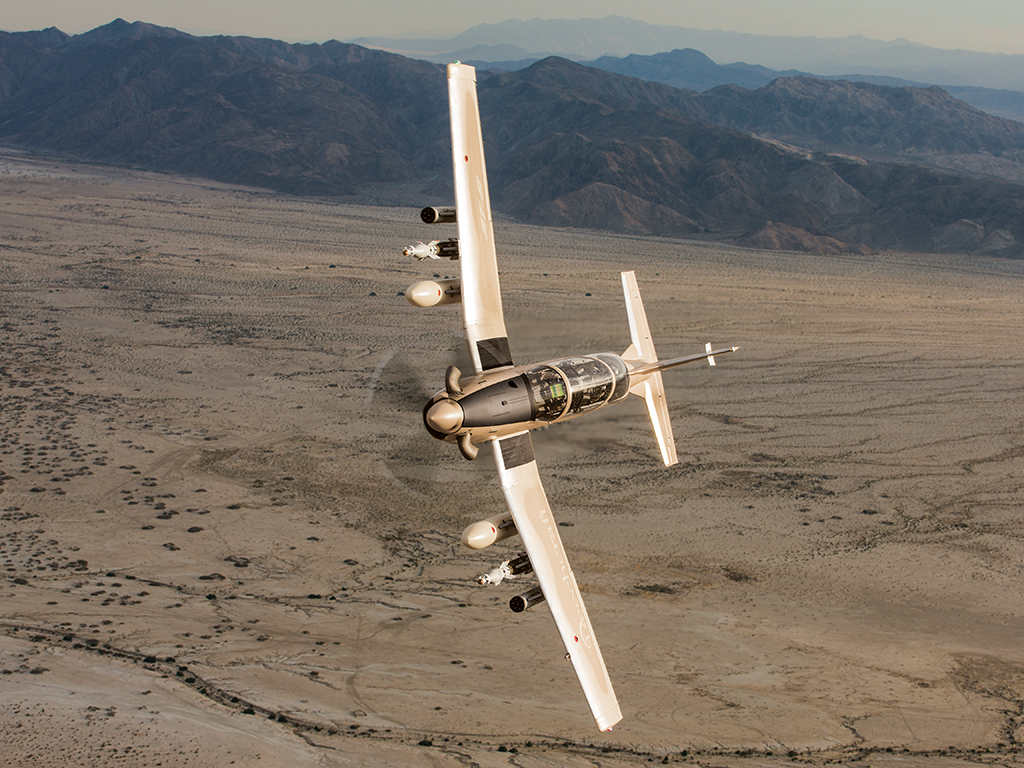
Day 7
Off we go on day seven for Amman, Jordan. To get safely to Amman, you have to get high enough above Gaza to be clear of missiles, 27,000 feet, or you have to take the long way around Gaza, plus you have to fly around Israel. Your plan takes you the long way, but you end up cutting off parts as long as you can get up high enough—you still have to get around Israel.
The moment you approach Africa, the air fills with red brown dust. The dust is everywhere and obscures the visibility at all flight levels. You will never see a clear day in the Middle East or in North Africa. If you see a movie and the atmosphere is clear, it isn’t really in Africa or the Middle East—it has to be in the USA or another desert location like Australia. Until you see it, you won’t believe it. I don’t know how they make pictures of this area appear clear of dust, because it never is.
Middle Easter controllers seem to be a little more clueful than their European counterparts—they actually seem to know how to control air traffic. You still get the complex routings, but that’s because their radar and radio coverage isn’t complete.
Amman Jordan is pleasant and was very cosmopolitan–it seems to become more and more fundamental and more and more impoverished each time I visit. We are moving into the truly impoverished world. The people are pleasant, but they have little and the little they have is generally junk. A bit of capitalism could improve these nations significantly, but they are mostly monarchies or dictatorships and many times entrenched in bureaucracy and regulations.
In contrast, the Marriot Hotel in Amman is a wonderful place to stay. At these Marriots, we get the executive lounge privileges for the free drinks, food, and WiFi. The WiFi is necessary. The rest saves the company money. In any case, food and drinks in the executive lounge in Amman is magnificent. They also have a great cigar bar in the hotel, but I was tired and didn’t take advantage of it. I’ll try next time.
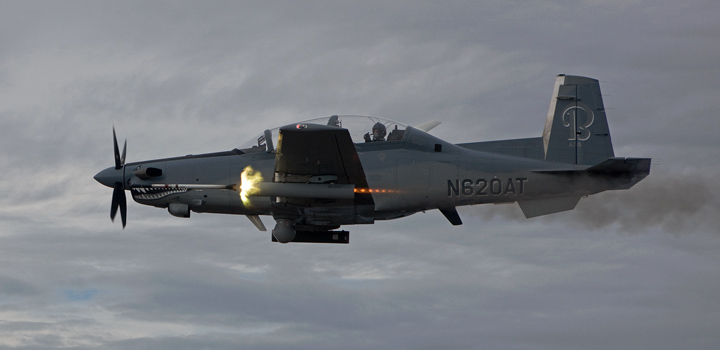
Day 8
We took off the next day for Bahrain. We were delayed for a while because our overflight clearance was not the right day and we didn’t have the correct Prior Permission Required (PPR) for the field we were heading for.
In many countries, if you get there and you don’t have the correct credentials, they send you back—we rarely have enough fuel to go back. Once we were sure we had all the correct clearances, we took off for a four hour flight through the dust to Bahrain.
When we arrived it was, as expected, hot and dusty. Each day we were there was hot and dusty. This is Bahrain and the Middle East.
I should mention that my room in the Marriot Apartments in Bahrain had thirteen rooms, four bedrooms, four baths, a wash room, and two balconies. I only used one of the bedrooms. It wasn’t as plush as my stay at the American Beach Club Hotel in the Philippines, but it was bigger.
Now, I’m on my way back to the USA in business class with plenty of alcohol and food. One single day’s trip that took eight long days in a T-6.
